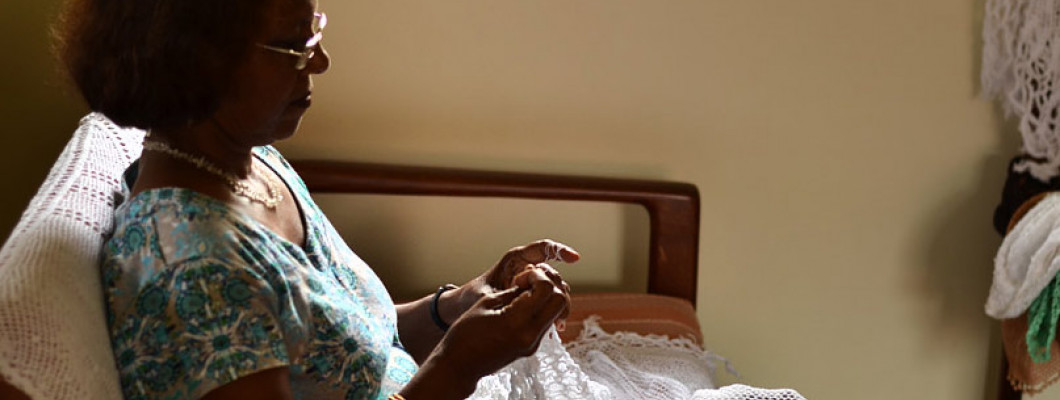
Goa, a land where swaying palm trees whisper secrets to the turquoise sea, is more than just a beach bum's paradise. Beneath the surface lies a vibrant cultural tapestry woven with threads of tradition and artistry. Goan native crafts are deeply rooted in tribal traditions and simplicity, directly linked to local and farming needs. On the other hand, Portuguese influence has introduced new elements to these crafts, enriching their diversity. Each piece, a testament to skills passed down through generations, tells a story – a story of the land, its people, and their enduring creative spirit.
Over time, due to tourism, crafts are no longer a primary source of income or lifestyle for many. Some crafts flourish because tourists purchase them, while others, like Kunbi weaving, are nearly extinct, with the younger generation more interested in running guest houses or cab businesses. However, deep within, there are still people dedicated to their artistic work, preserving the artistic soul of Goa. Here's a glimpse into 10 popular Goan crafts that will leave you mesmerized:
1. JUTE Macrame
Jute, a strong and versatile natural fiber, finds new life in the hands of Goan artisans. Using the macrame technique, which involves intricate knotting patterns, they create beautiful and functional objects. Picture stylish handbags, boho-chic wall hangings, or even delicate lampshades – all woven from jute with a unique Goan flair. This sustainable craft is not only beautiful but also eco-friendly.
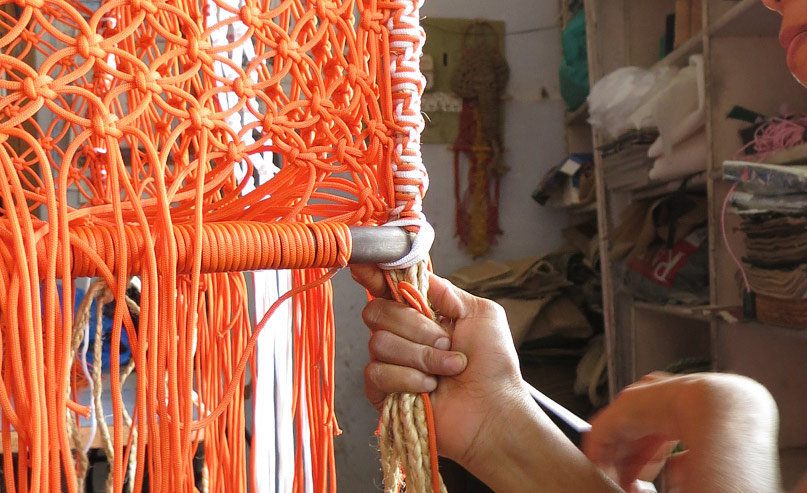
2. BAMBOO
Bamboo craft, also known
as ‘Maniche kaam’, stands as a
cherished art form in Goa, traditionally practiced by the Mahar scheduled
caste. Bamboo and cane crafts have evolved in Goa to showcase a distinctive
style that sets it apart from similar crafts found elsewhere. It is celebrated
for its diverse range of products such as flower baskets, pen holders, mats,
fans, and decorative items. This craft sector also
includes essential household tools like supli (rice cleaners), patlo (rice and
grain washers), and dali (grain dryers).
3. KUNBI
Traditionally, the Kunbi is a cotton checkered saree in red and white with a sturdy weave good enough to be worn for farming. It was initially worn by the women in the tribes of Kunbi and Gadwa. These women worked in paddy fields and they wrapped the saree in such a way that it ensured that it did not fall below the ankles. It is believed that the basic colour palette for the Kunbi saree is symbolic of life and the material used for making these sarees was locally sourced. The red colour in the saree stands for fertility and vibrancy of life. This Goan Kunbi fabric is also offered to gods and is a part of religious rituals since it is believed that checked cloth is pure, sacred, auspicious and powerful.
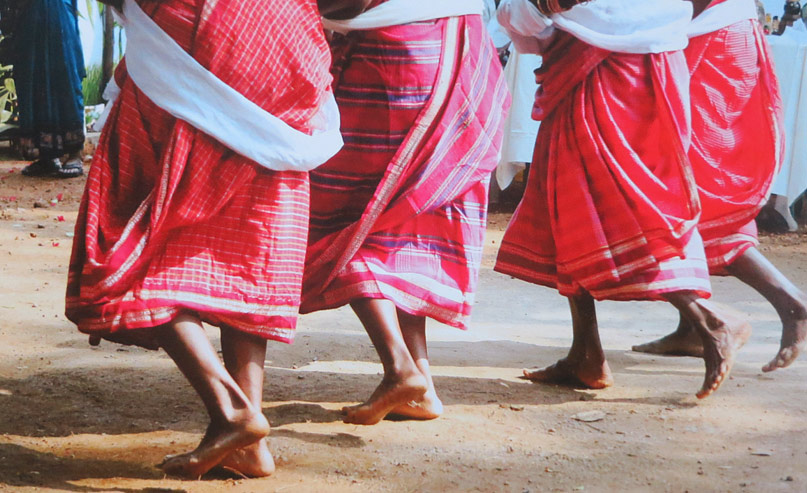
4. CROCHET
Crochet as a craft is extremely popular- not just in Panjim but all over the world. What makes this handicraft significant is the scale at which it has been found and designed all over the world. In India, the Panjim crochet is the most acclaimed and appreciated. The different yarns and techniques used for making crochet pieces make this handicraft one of the most unique and delicate looking handicrafts found. Using a simple hook and colorful threads, artisans create a wide variety of items, including lacy tablecloths and bedspreads, delicate doilies, and even trendy handbags and hats. The intricate patterns and vibrant colors of Goan crochet are a testament to the creativity and resourcefulness of the local women who have kept this tradition alive.
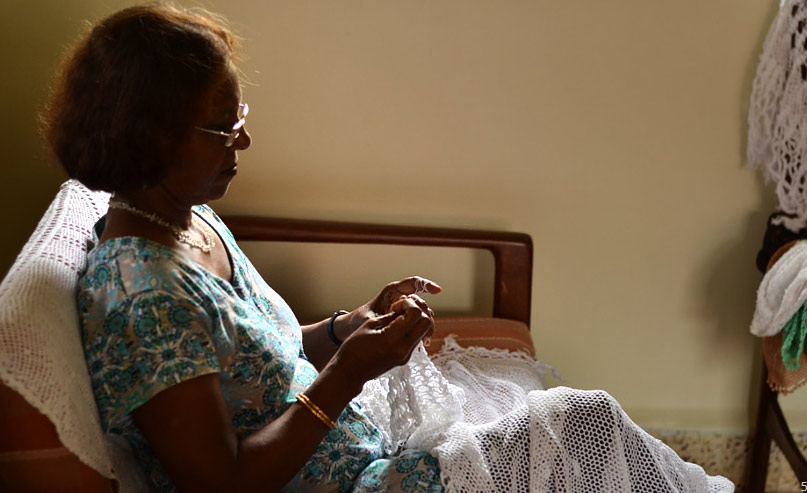
5. WOODEN LACQUEREWARE
Also known as "Lac turning" or "Kastha Kari," this craft is a visual treat. Local artisans transform ordinary wood into pieces of vibrant artistry using a meticulous process. First, they use a lathe to shape the wood into bowls, plates, furniture pieces, or even toys. Then, they apply numerous coats of natural lac, a resinous substance derived from lac insects. Each layer is meticulously sanded and polished to create a smooth, gleaming surface. Finally, the artisans add vibrant and intricate designs using natural dyes or paints. The finished products are not just beautiful, but also quite durable, making them prized possessions for both locals and tourists. Goan artisans craft detailed wood-carved items including cradles, baby carts, corner stands, toys, and small tables. These items are particularly popular among Hindu families, as they are often used in religious ceremonies. The style of Goan wood carving is reminiscent of Portuguese western furniture, which was very popular during the colonial era and commonly exported to other countries.
6. POTTERY
Traditional pottery in Goa, known as Kumbhar pottery, is renowned for its use of vibrant red clay to create both functional and decorative items. Artisans skillfully craft a variety of products including flower pots, bowls, ashtrays, pen holders, and figurines depicting saints, deities, and animals. These pieces are characterized by intricate floral designs, impeccably smooth surfaces, and a distinct artistic sensibility. Kumbhar pottery not only serves practical purposes but also embodies the cultural richness and artistic heritage of Goa. This ancient craft is integral to the local economy and is practiced across the state, with Bicholim and Borde emerging as primary centers.

7. COCONUT SHELL
Goa's abundance of coconut trees provides a natural canvas for skilled artisans. They transform these shells into a variety of utilitarian and decorative objects such as intricate jewelry boxes, decorative bowls, or even playful animal figurines – all meticulously carved from coconut shells. The natural brown tones of the shell and the artist's skill create a unique and sustainable art form.
8. SEA SHELL CRAFT
Goa's coastline provides an abundance of seashells, and Goan artisans have mastered the art of transforming them into exquisite pieces of art. From delicate jewelry and decorative items to intricately crafted mirrors and picture frames, shell craft is a reminder of Goa's deep connection to the sea.
9. AZULEJOS TILES
Birthed in Arabia and named Azulejo, smooth and blue, or small polished tile, this ancient art form gradually made its way to Spain and Portugal. The Portuguese, during their colonial expansion, introduced this art to Goa. Goa has embraced Azulejos painting, adding its unique flair to the traditional art form. Today, the most popular motifs include scenes from both rural and urban Goan life, such as fisherwomen, boats, churches, and the traditional Kunbi community. While visiting Goa, you will observe that many interiors and exteriors of churches, homes, schools, and restaurants are adorned with Azulejos tiles, often illustrating various aspects of Goan life through charming caricatures.

10. KAAVI ART
Kaavi art murals derive their name from the
word 'kaav,' which is Konkani for the red color extracted from laterite soil,
used for painting. These distinctive murals are predominantly found in the
Konkan region, with a significant presence in the historical buildings and
temples of Goa. The process involves artists using a reddish-brown pigment to
create intricate designs on surfaces that have been prepared with white lime.

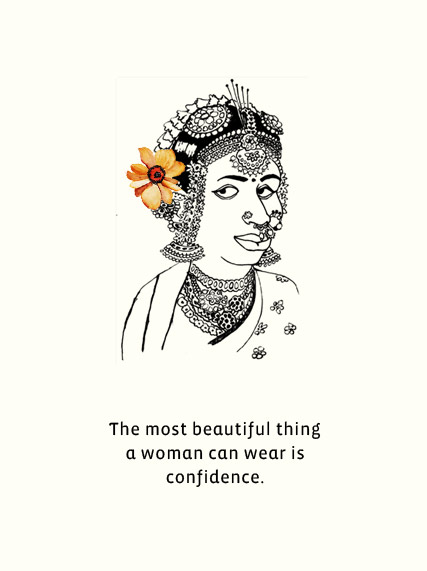

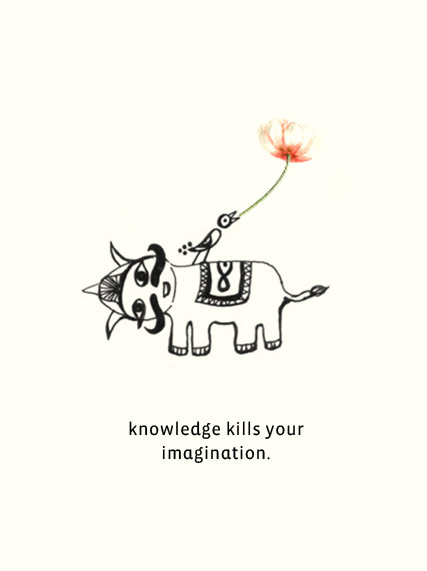

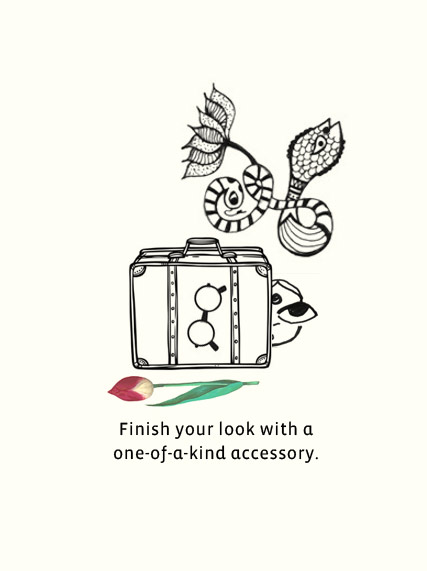
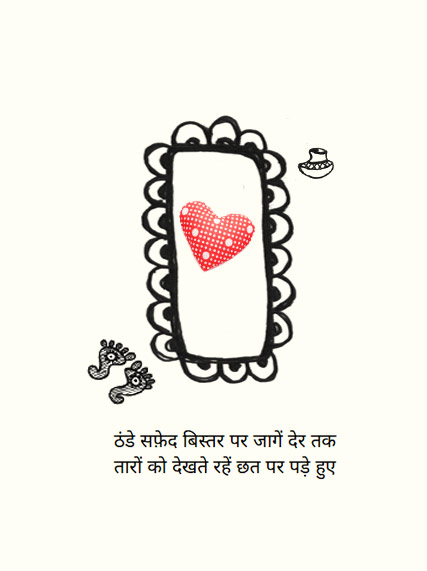



Leave a Comment